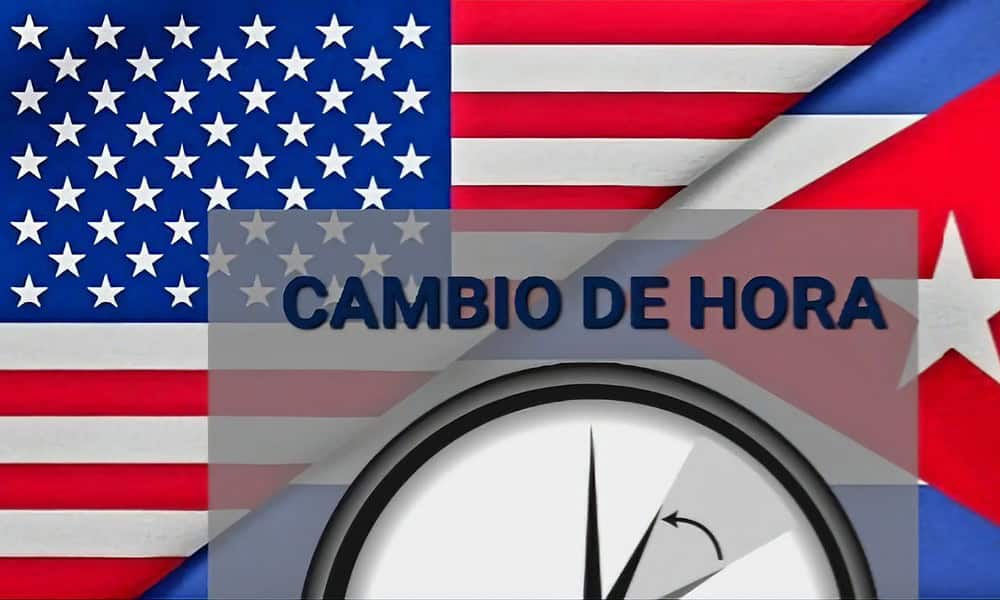For more than 400 years, New Mexican, the dialect of the first Spanish-speaking settlers, has survived in the state’s remote mountains. But it is possible that its end is near.
What are we doing here?
We’re exploring how America was defined at one point in time. In a small town in northern New Mexico, some residents still speak the country’s oldest Spanish dialect.
Read in Spanish
QUESTA, New Mexico — When old-timers gather at Cynthia Rael-Vigil’s cafe in Questa, New Mexico, nestled in the Sangre de Cristo Mountains, they sip lattes and lavender lemonade and whisper in Spanish.
If a visitor from Madrid or Mexico City is sitting at the next table, they will have a hard time understanding your strange dialect. But Spanish speakers more than four centuries ago would have recognized unusual verbs, even if they had unusual pronunciations or words of English and Native American origin.
For more than 400 years, these mountains have welcomed Spanish varieties like nowhere else on the planet today. Even after its lands were absorbed by the United States in the 19th century, generations of speakers somehow kept the dialect alive in poetry, song, and everyday conversation on the streets of the Hispanic enclaves that dot the region.
A few decades ago, the New Mexican dialect was still at the forefront of Spanish-language media in the United States and appeared on television programs Variety Show Val de la O, It was broadcast nationally in the 1960s. Pallavis like Al Surawali sharpened the dialect in their songs. But those elements, and the dizzying array of Spanish-language newspapers that once flourished in northern New Mexico, have largely disappeared.
Rare are the places where the melodious sounds of dialect can occasionally be heard, like the cafeteria of Rael-Vigil. In places like Albuquerque, New Mexico’s largest city, the dialect is being wiped out by the Spanish of the new wave of immigrants, especially from Chihuahua in northern Mexico.
At the same time, there are questions about whether the rural communities that have fostered New Mexican Spanish for centuries can survive long in the face of myriad economic, cultural and climatic challenges.
“Our distinctive Spanish is in danger of dying out,” said Rael-Vigil, 68, who traced his ancestors to being a member. Voyage of 1598 This made New Mexico one of the outer domains of the Spanish Empire. “When a treasure like this is lost, we don’t realize it’s gone forever.”
Cuesta, a population of about 1,700 near the Colorado state line, has 50 or more New Mexican Spanish speakers. Even in her family, Rael-Vigil sees language fading: her 11-year-old grandson barely speaks Spanish.
“He has no interest,” she said. “Kids his age are internet savvy and that’s all in English. Sometimes I wonder, isn’t my generation doing our part to keep the language alive?
I grew up in an adobe house in Ribera near the Pecos River, and we spoke a little New Mexican Spanish, enough to get by, though not as brilliantly as some of my classmates. Some of my earliest memories are listening to my grandmother in colloquial speech as she flipped the pan with her fingers in the wood stove.
Although born in New Mexico and having spent most of her life in that state, my grandmother did not speak English. Now she is gone, and by losing her and her generation, the region also loses a linguistic treasure that has been heard for centuries.
New Mexican Spanish is often described as a model of the Spanish Golden Age (17th century) language, imported directly from the Old World and somehow preserved through isolation. According to linguists, there may be some truth to that explanation, but the origin and development of the dialect — which they attribute to northern Mexican Spanish origins — is more complex and nuanced than myth.
It is believed to have crystallized at the end of the 16th century, years before the first settlement in the Americas, when linguistic and ethnically mixed colonial expeditions prevailed in the region as part of the European race for the New World. Englishman, in Jameston, Virginia, in 1607.
Among the settlers were Europeans from Spain, Portugal, and Greece, but the Tlaxcalans are believed to be a mixed tribe born in Mexico, of European, African, and indigenous descent, and spoke Nahuatl, the common language of the Aztec Empire.
Settlers relied on supply caravans behaviors To maintain communications with Mexico City. But the small colony remains Completely isolated Over the years from the outside world, it has led to comparisons to the Andean highlands or some places in southern Chile, where Spanish evolved in similar isolation.
Damian Vergara Wilson, a University of New Mexico scholar who specializes in the state’s unique dialect, compared the settlement on the northern outskirts of the Spanish Empire to a space colony. “What if we go to Mars in a spacecraft and lose contact with other speakers?” Wilson said. “That’s what happened here. There was very little contact.”
Although speakers of the dialect can usually hold a conversation with people who speak more common Spanish, those who still preserve New Mexican may sound significantly different. (Linguists often refer to the traditional New Mexican Spanish dialect or the Upper Rio Grande regional Spanish dialect, as opposed to the Mexican-influenced southern New Mexico Spanish.)
Where it took root, in northern New Mexico and southern Colorado, speakers used similar words Flying mouse Bat and Chicken of the Sierra To denote a turkey or turkey.
incorporated tribal words like Simal Nahuatin (Shield) Chimayo (obsidian flake) Deva and Cibolo (búgalo) of the zuñi, as well Business (Commercial or business)Christmas (Christmas or Christmas), Sanamagan (hateful, unpleasant person) and many others in English.
Speakers conjugate creatively, use strange endings in verbs, and prefer the “s” sound in many words, similar to the “h” sound in English or the “j” sound in Spanish. For example, they would say “Don’t know where the box is” instead “I don’t know where the house is”.
Linguist Lenz Nils Peke, who completed his doctorate at the University of New Mexico this year, was previously at Ghent University in Belgium — known for its strong Spanish linguistics program — and told colleagues about the dialect he discovered in New Mexico.
“They seemed awestruck by everything,” says Bege, who often camped under the stars, cycling between remote towns to conduct field research in New Mexican Spanish.
“I was like, ‘Wow, they do this?’ ‘Wow, do they do that?’
The dialect has survived for nearly two centuries since the United States annexed New Mexico in 1848, as the oldest unbroken variety of Spanish. Yet at a time when migration from Latin America has swelled the number of Spanish speakers in the United States to more than 41 million people, the fate of New Mexican Spanish — and the region in which it flourished — has taken a different turn.
Economic forces have spurred an exodus from northern cities. Other threats, such as the largest wildfire in New Mexico history that tore through the Hispanic homeland a year ago, and the worst drought since before Spanish settlement, have exposed the fragility of these remote heritage sites. By global warming.
Despite the difficulties, some in the region are trying to save the dialect.
Julie Chacon, executive director of the Sangre de Cristo National Heritage Area in Alamosa, Colorado, grew up speaking New Mexico Spanish in the nearby town of Capulin, where the dialect came across the state border from southern Colorado in the 19th century. He now collects oral accounts old people and create workbooks to teach dialect. He also runs a children’s camp focusing on the traditions of the region.
Daniel Lee Gallegos and his band Sangre Jovan from Las Vegas, New Mexico hold Facebook jam sessions for immigrants. New Mexican And Carlos Medina, comedian and musician, delights in the playful creativity of dialect.
“Language absolutely survives,” said linguist Larry Torres, who writes a bilingual column for the Taos News and Sante Fe New Mexican. “It may not be the same language our ancestors knew, but we’re using a form of 15th-century Spanish with 21st-century English.”
Others are not so optimistic about the dialect’s chances of survival, at least not in a recognizable form over the centuries.
Mark Waltermire, a professor of linguistics at New Mexico State University, said he expects New Mexican Spanish to last another two decades because people in their 50s speak it.
But beyond that, he said, it’s hard to see a future for the dialect. However, that doesn’t mean Spanish is disappearing in New Mexico. “It’s being replaced,” he said of the influx of new immigrants from Mexico, “with another kind of Spanish.”
Simon Romero is a national reporter covering the American Southwest. He has been the Times’s chief correspondent in the Andes, Brazil, and international correspondent for energy. Via @SimonRomero





